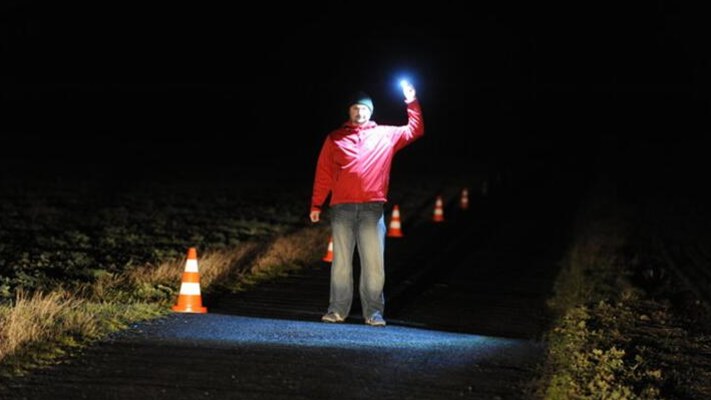Since February 20 this year, pedestrians have a new duty to use outside the village for reduced visibility of reflective elements. As the head of the traffic police says in the interview, the first statistics suggest that fatal accidents outside the village in the dark have actually fallen. But the amendment to the Road Traffic Act, which deals with the reflection elements, has brought another dimension to the view of night walks with pedestrians.
“The obligation to wear reflective elements actually caused a balance between the driver and the pedestrian. A legal situation has arisen where not only the driver has to deal with driving, but the pedestrian has a duty to be seen, “says lawyer Jan. Before the amendment to pedestrians became effective, the driver was the primary culprit for the police and the state prosecutor. “I also experienced cases of accusations when a pedestrian walked on the wrong side of the road, he was darkly dressed and even under the strong influence of alcohol,” adds Jan.
Experts agree that today, when investigating traffic accidents, it focuses not only on the driver but also on the potential share of the pedestrian. “We have a duty here, and it is judged whether a pedestrian had a reflective element or not. If a chauffeur with a reflective material had seen it, there may be situations where the driver is fully developed. This was a rare occurrence of a collision with a pedestrian, “Jan continues.
Forget insurance benefit
In some cases, a pedestrian may be found partially or completely guilty. And this can also be reflected in insurance benefits. “It always depends on the investigation of the accident by the police on the spot. However, it may happen that the insurer of the pedestrian will not be harmed, because he can make an accident himself, “says Jixi. Libor Bearn of Allianz also agrees: “There is always a general obligation to prevent damage. There is also the possibility of curtailing. In each individual case, we examine whether the element was used, how it was placed, and what its reflective surface was, “he says, pointing to other pitfalls.” It is typical that pedestrians have a reflective element from behind, which can be useless if they go in the opposite direction. And then it is considered as complicity and guilt – and it can be even one hundred percent, “says Bearn and shows the case from practice.
I’ll see you in five years
“Mother with stroller went to the dark outside the village and did not wear any reflective elements; she went to the wrong, right side. A ninety-car came from behind. The driver registered it for thirty meters, making a 25-meter-long reaction time during the second reaction time before making an evasive maneuver. But in the opposite direction the car was running, so there was a frontal collision with tragic consequences. It is quite clear that the woman is at least some guilty. It is likely that a minimum of part of the costs will be recovered – and it can go up to millions of crowns, “says the Bearn of Allianz, where the amount can even be recovered from pedestrians.
According to Bearn, the investigation of such accidents will be very demanding, and will often have to take place in investigative trials. It is now common for the traffic police chief that the courts determine the percentage of the parties’ liability. However, with the new law, a specific interpretation and judicial practice is still awaited.
What the law says
“If a pedestrian is traveling outside the village in a low visibility on the roadside or on the edge of the road in a place not illuminated by public lighting, he shall be obliged to wear retro reflective items placed so as to be visible to other road users” The Road Law. It is important to highlight what is reduced visibility. It is defined as a situation in which other road users, people, animals or objects on the road, such as from dusk to sunrise, mist, snowfall, heavy rain or in the tunnel, do not sufficiently distinguish the road users. “People do not realize that reduced visibility is not just darkness or dusk, but the obligation to use reflexive elements also applies in daylight, in a situation where rain is raining, snowing or fog,” says Martin.
Where to?
The reflective element must be visible to all other road users. “For this reason, in the case of a reflective tape, we recommend placing it on the shin in the area above the ankle or on the wrist.
